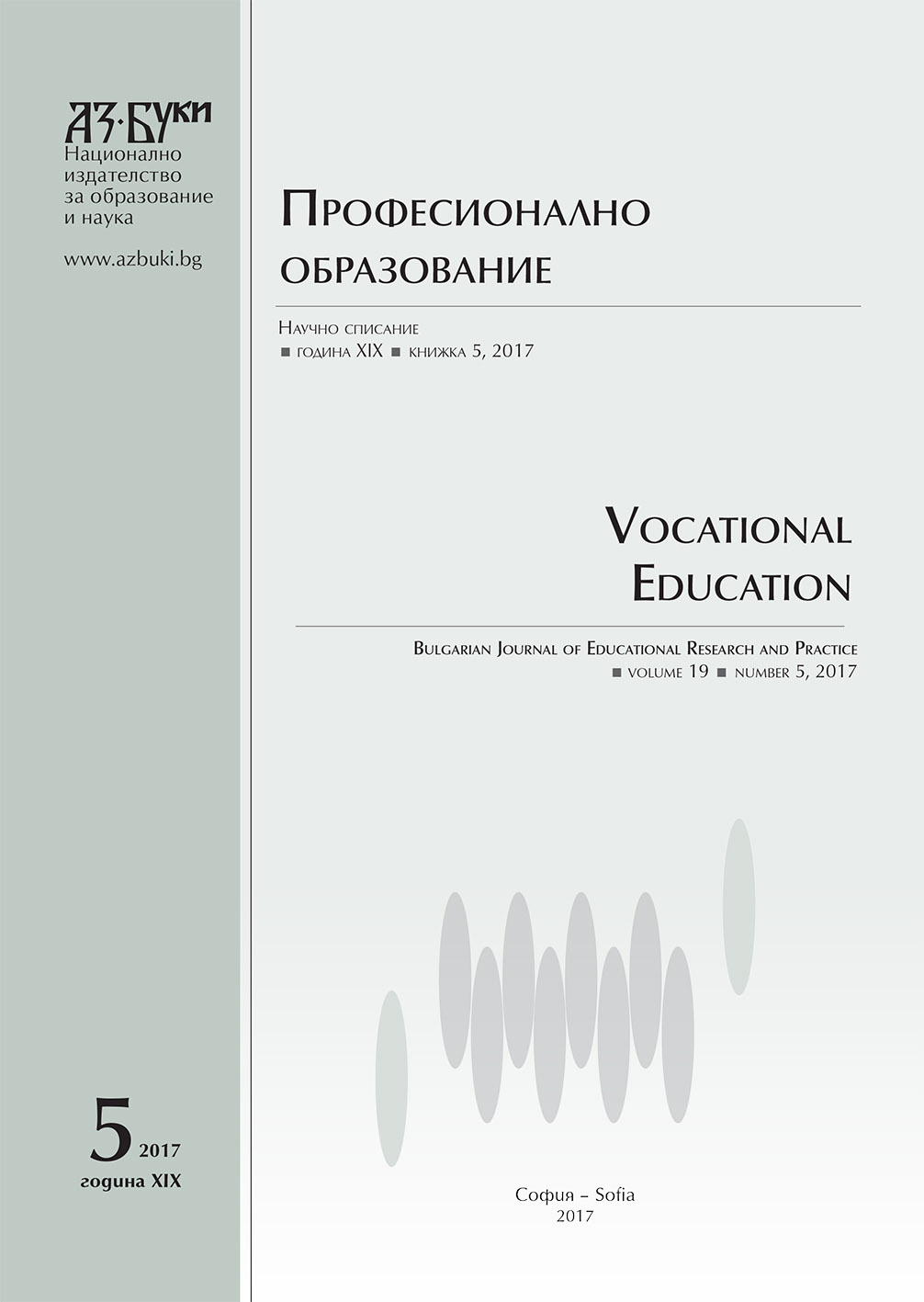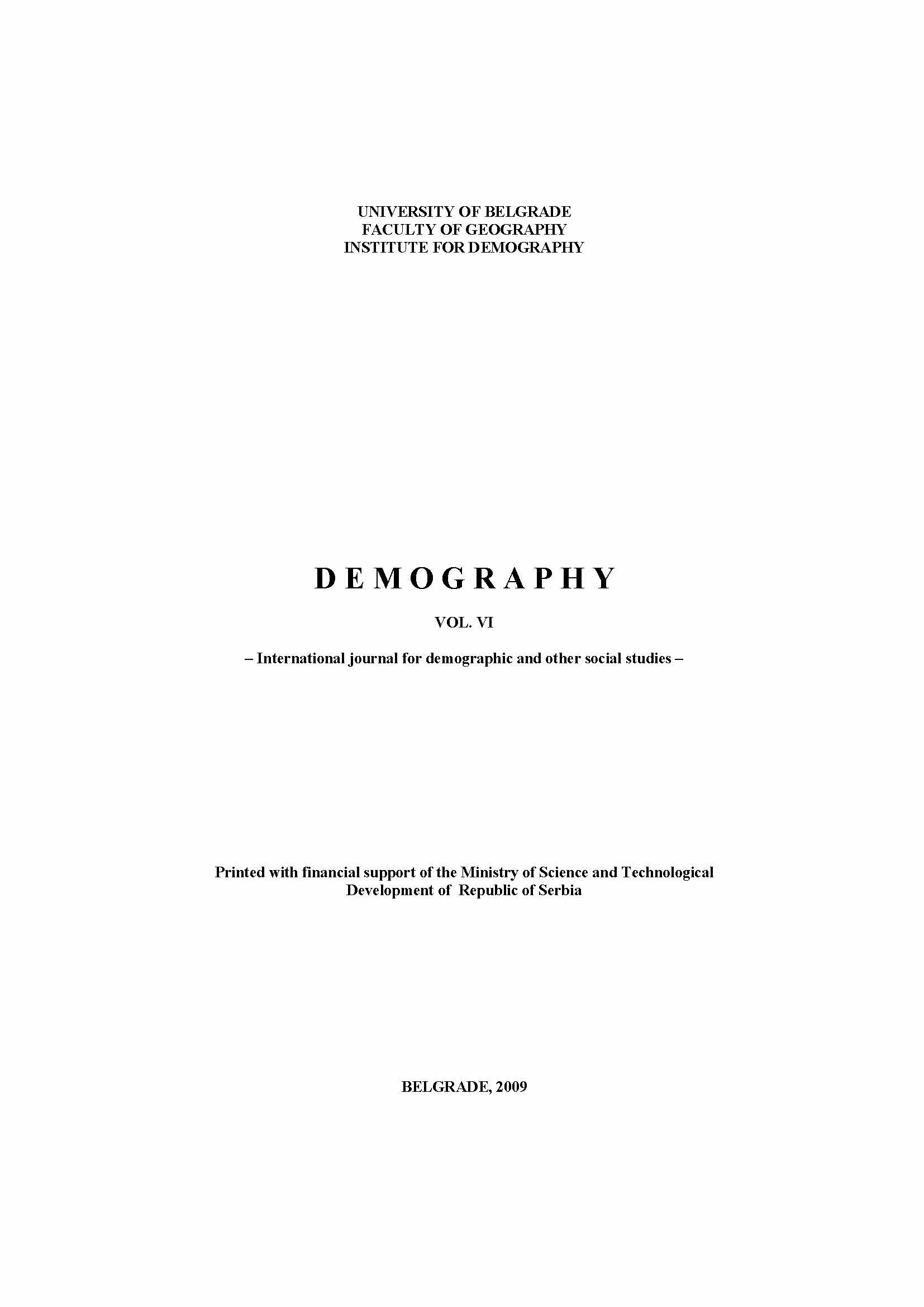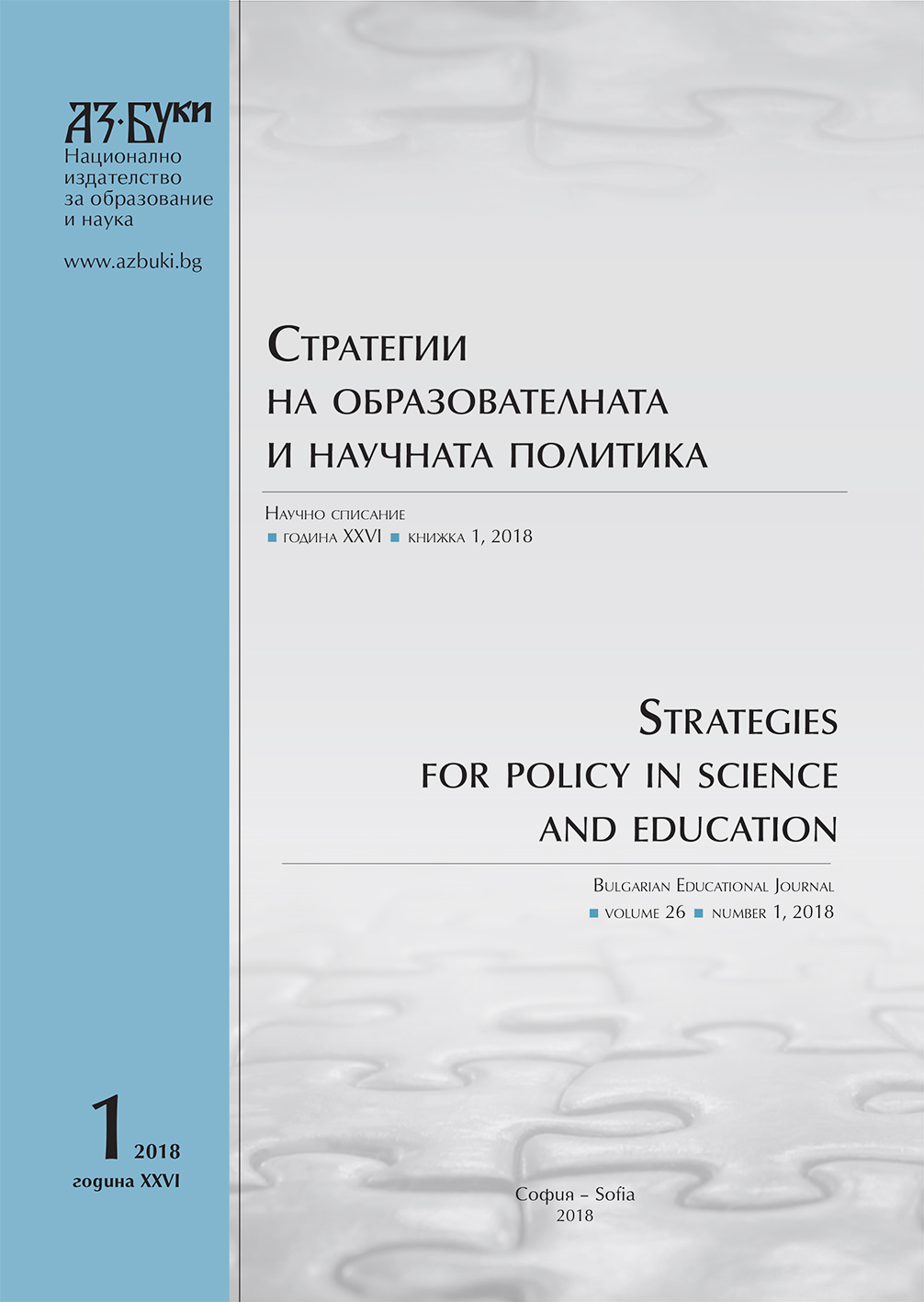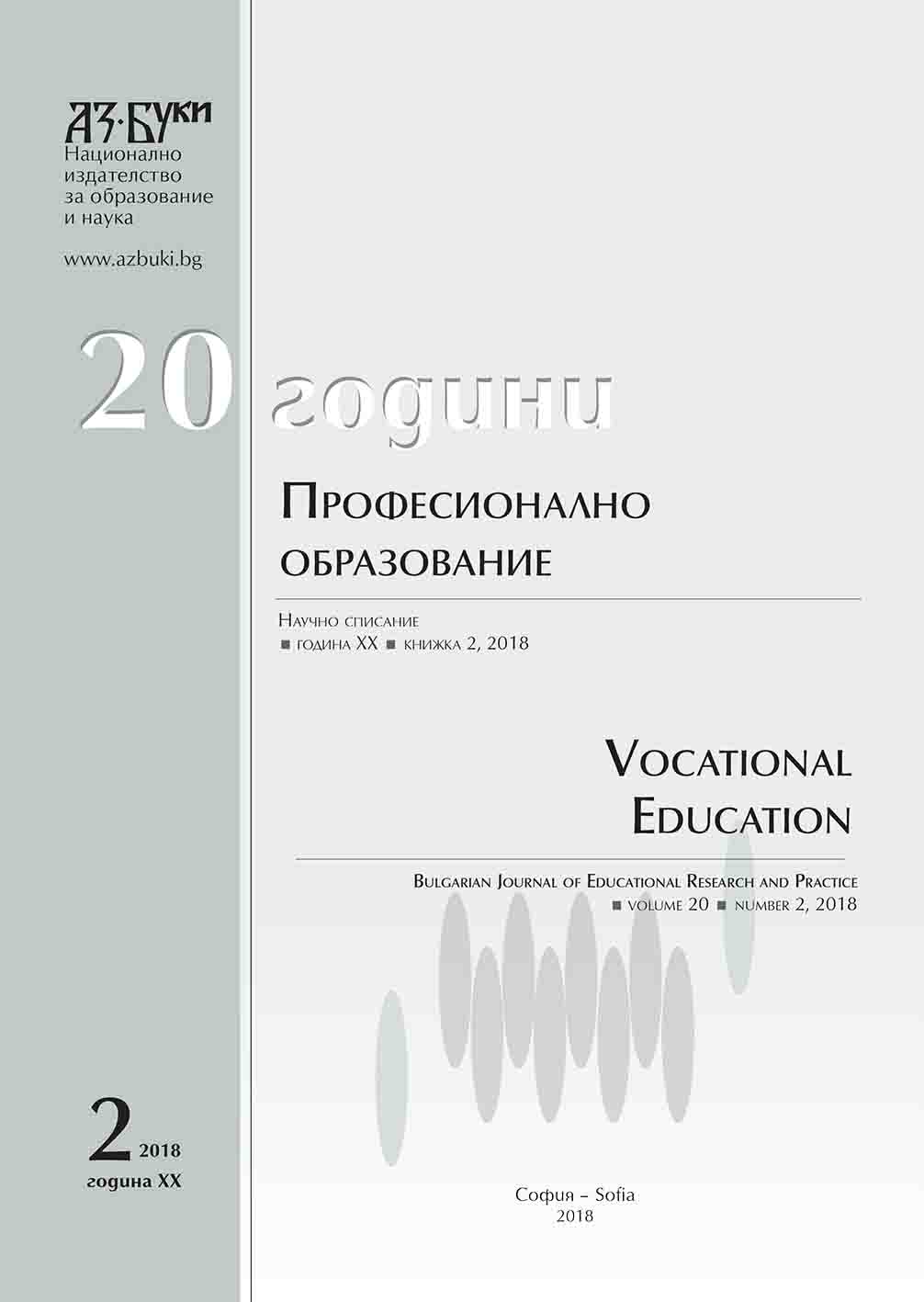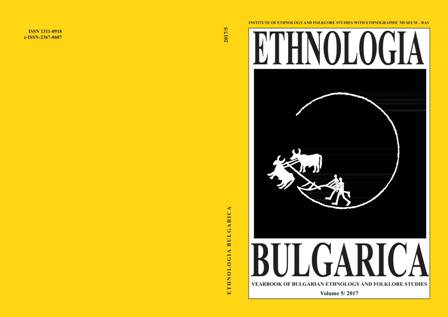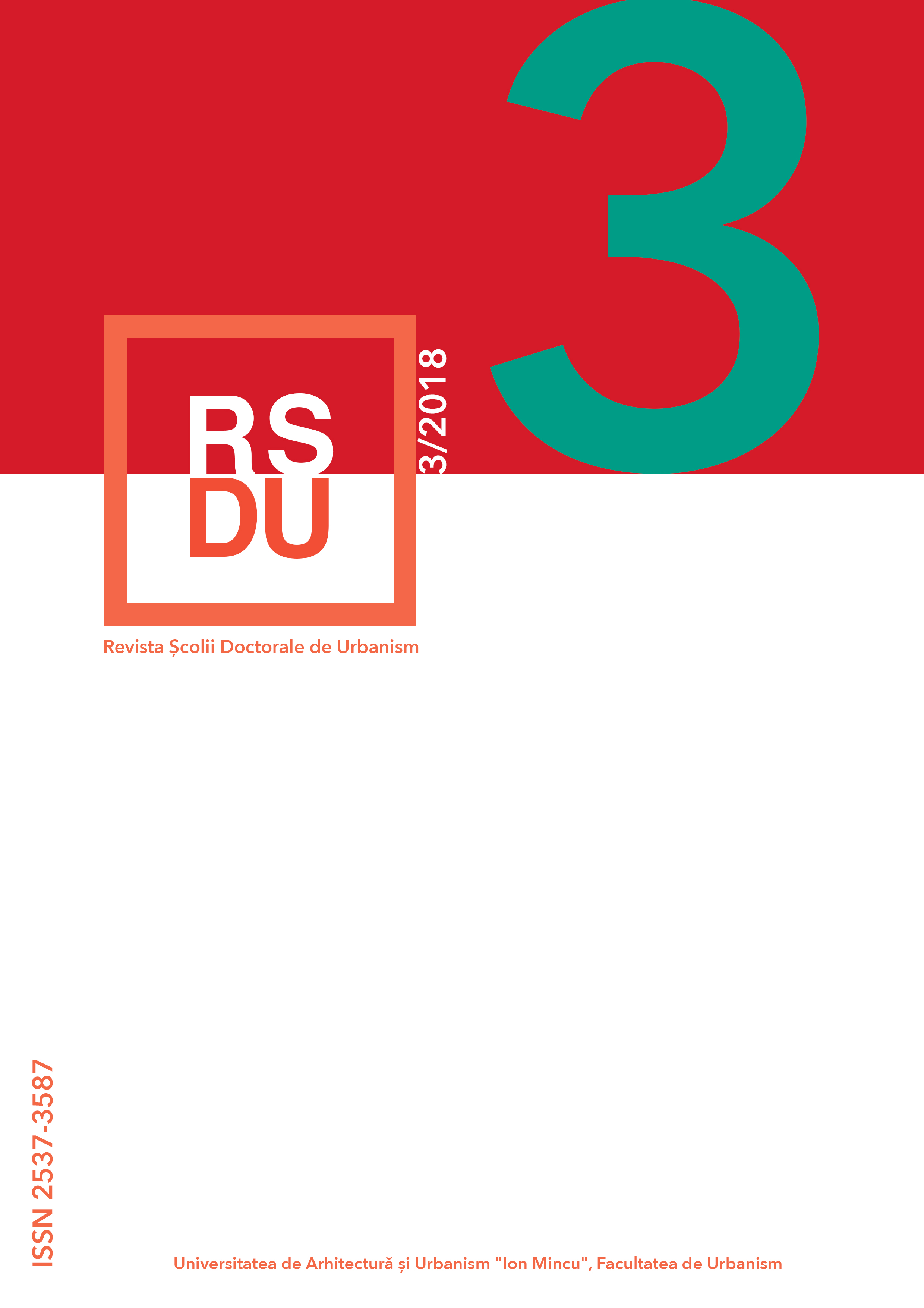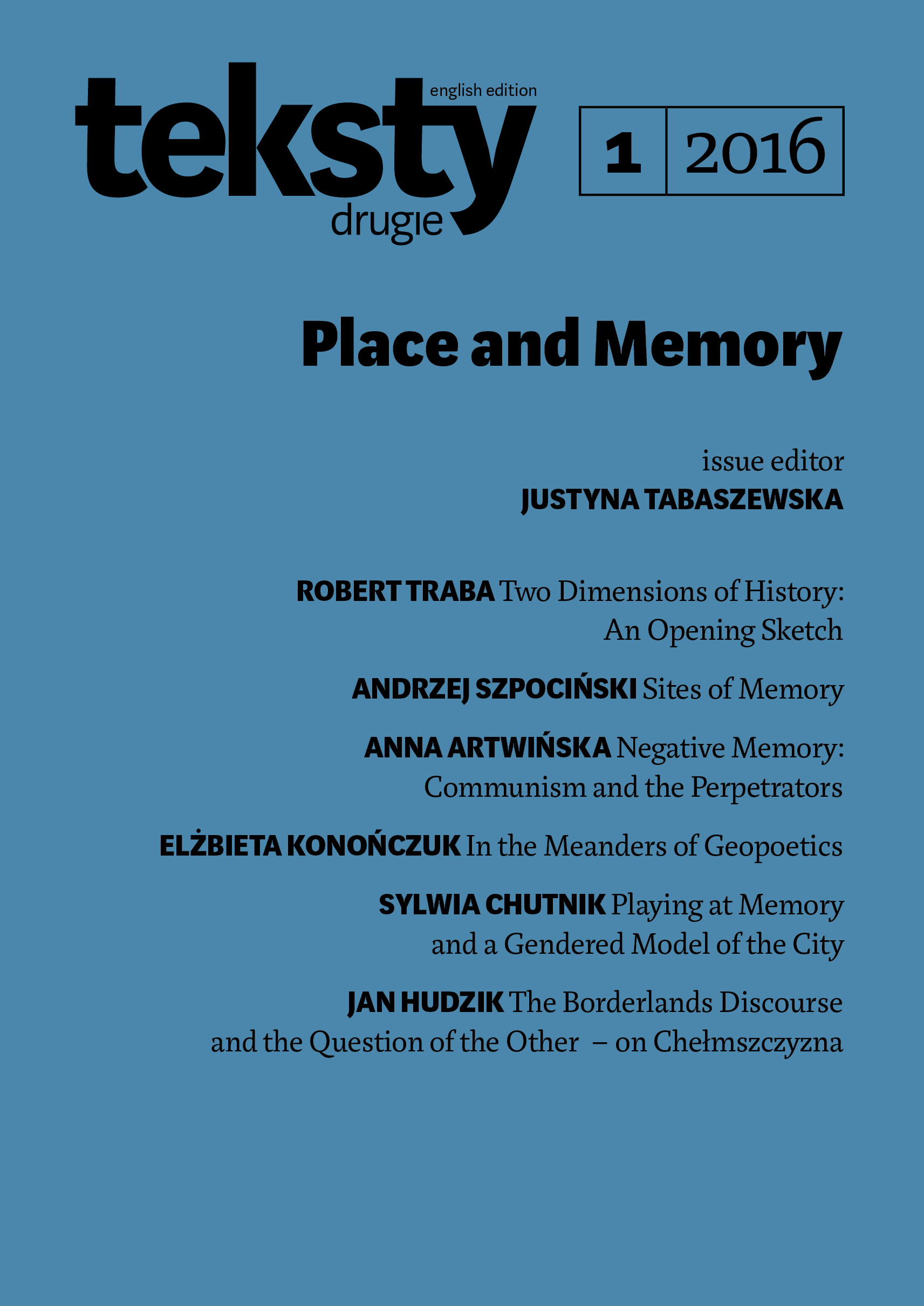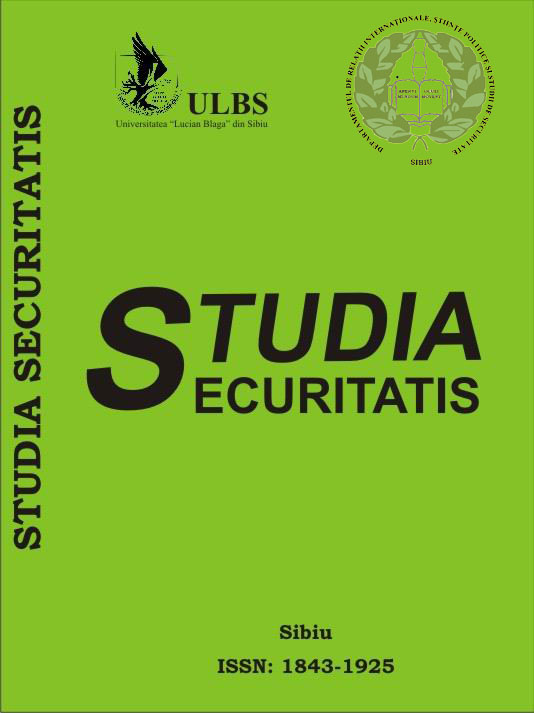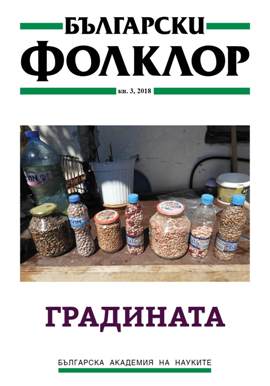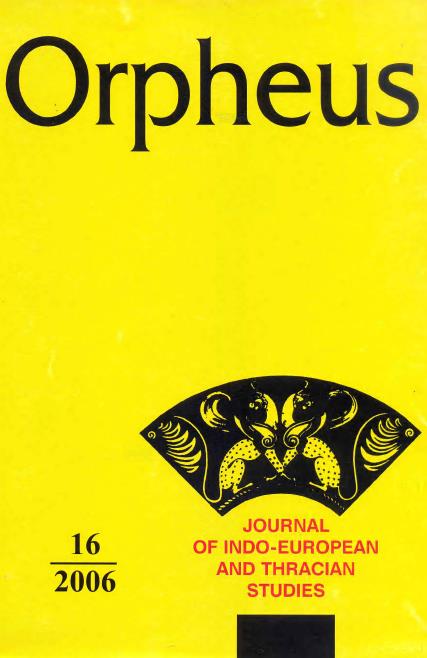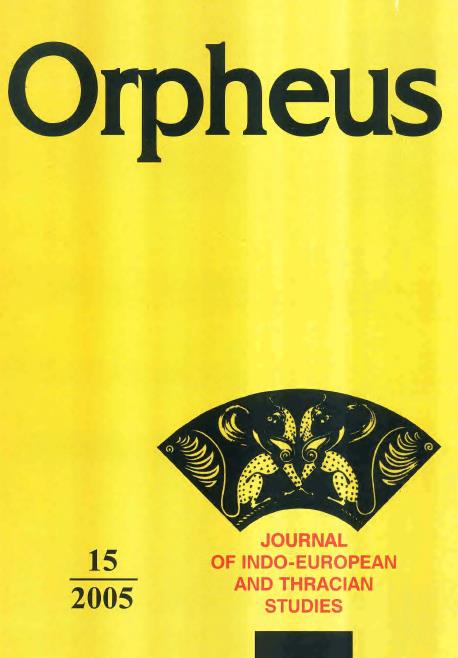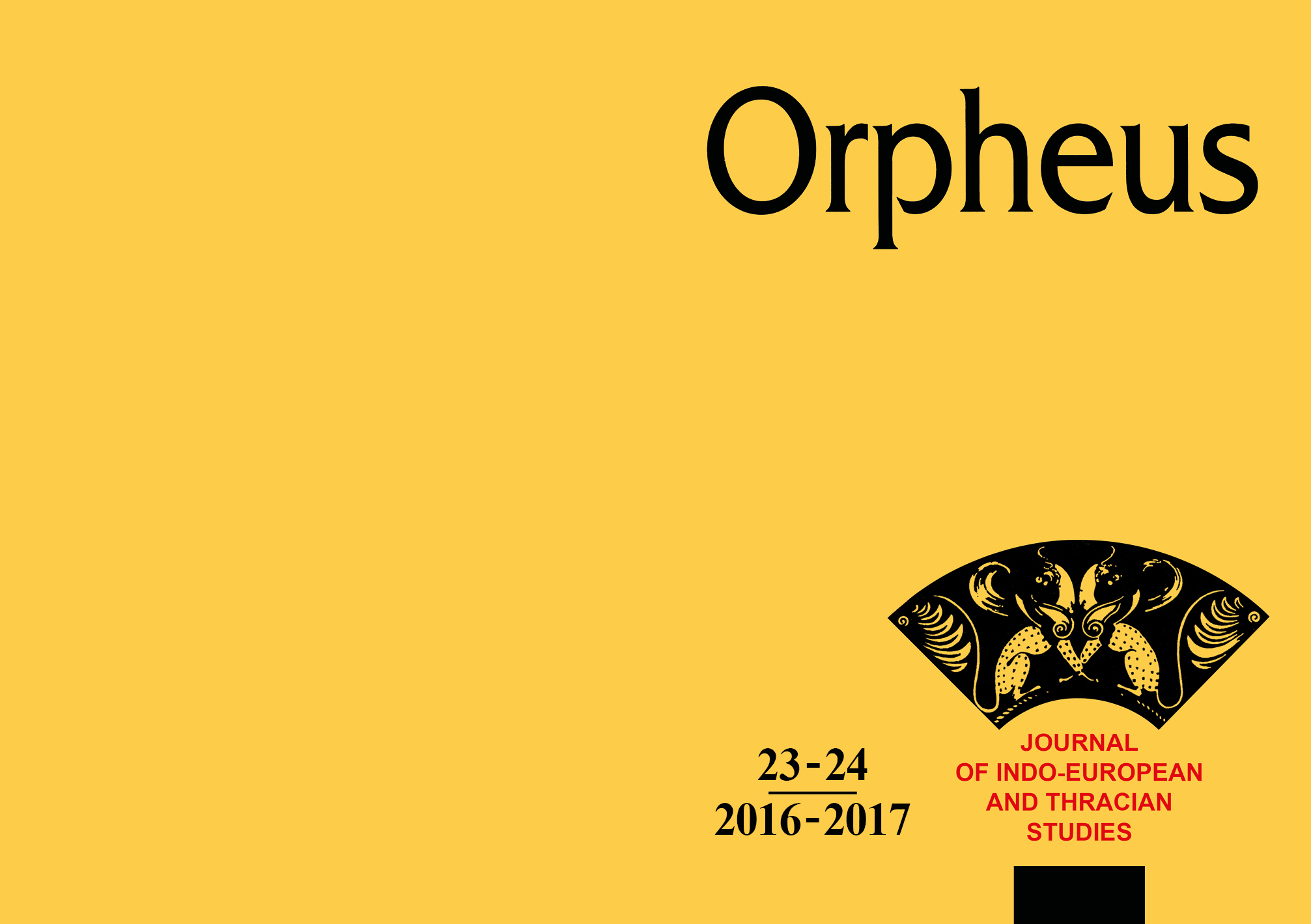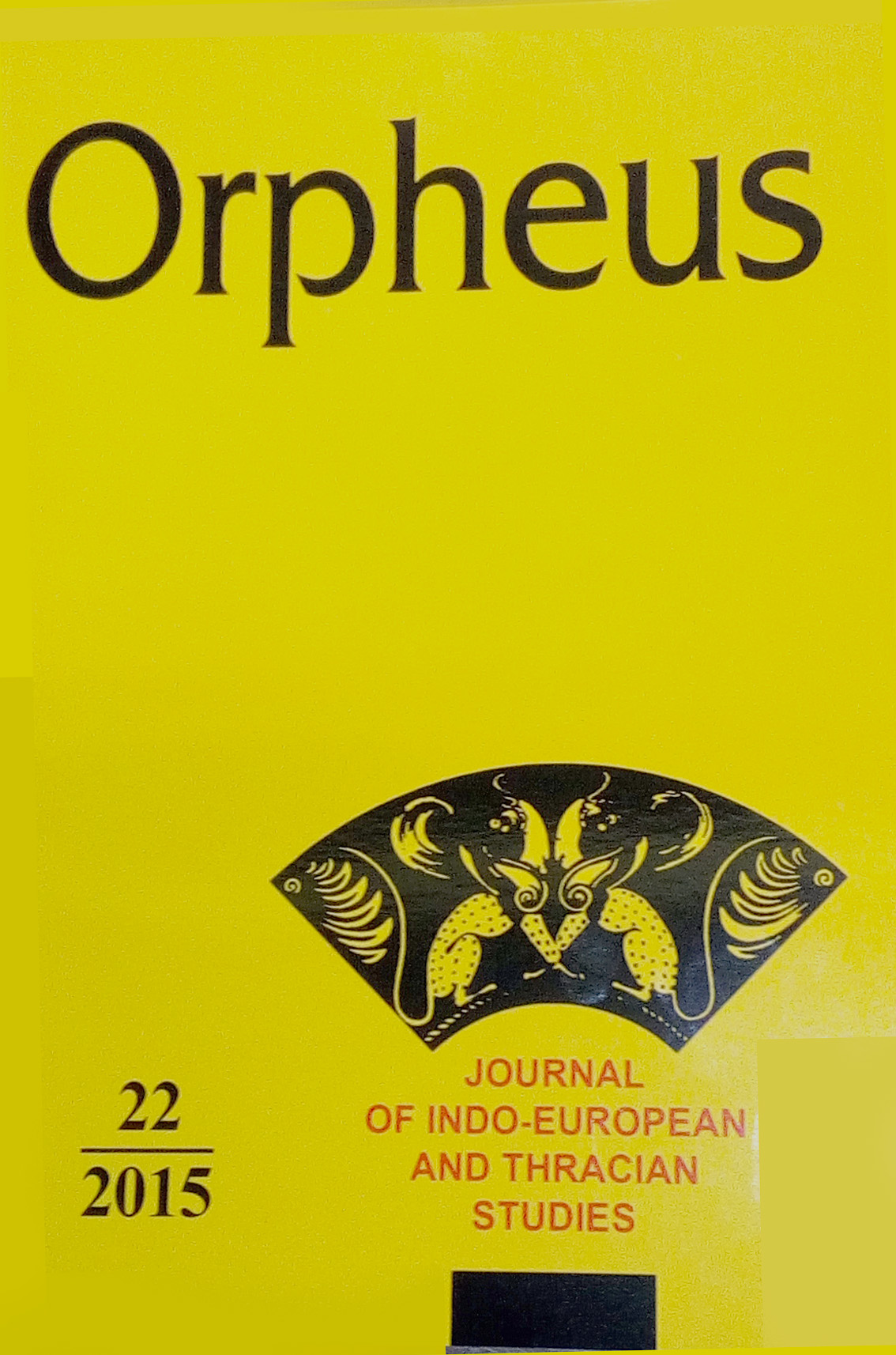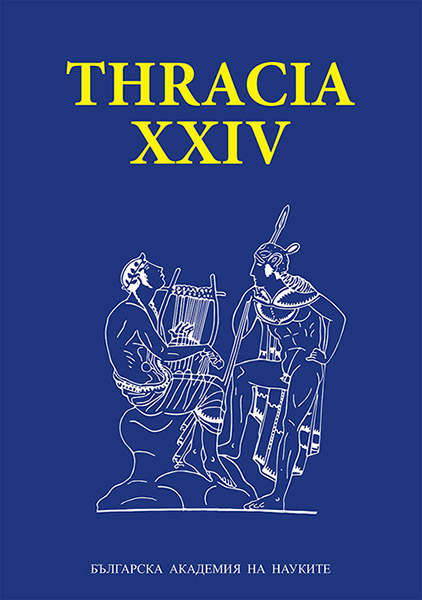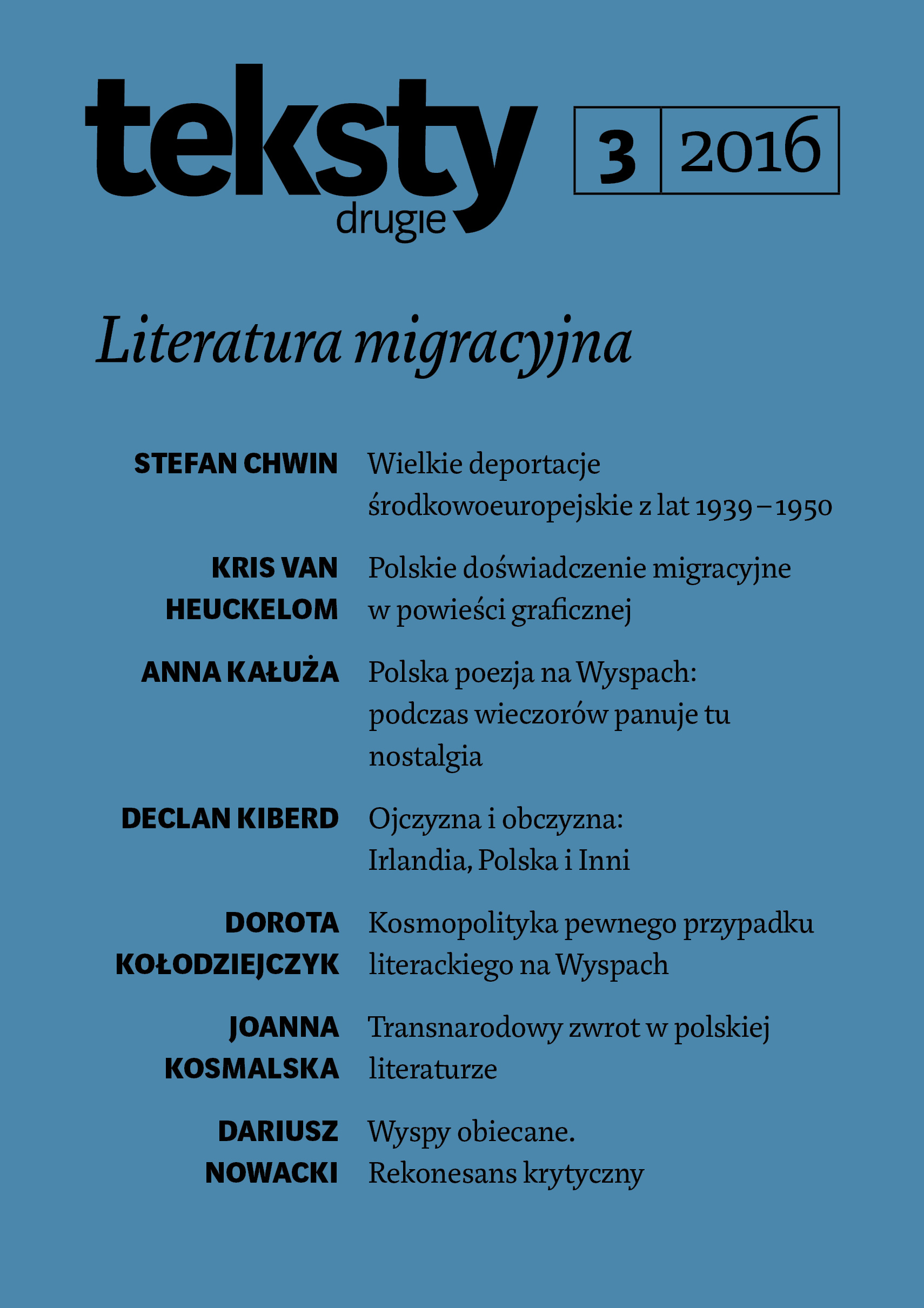
Do czego literaturze regionalnej potrzebny jest Niemiec? (na przykładzie twórczości lubuskiej)
This article explores the role of the German in the literature of Lubusz Province in western Poland, which is treated as an exemplary Polish-German borderland. Mikołajczak argues that images of the Lubusz German evolve in a way that is contingent on transformations in national consciousness and the expectations of postwar politics, and that this development is also influenced by regional identity politics. What’s more, the German is both a regulator and a symptom of certain phenomena in the regional community. Finally, Mikołajczak points out three basic functions of this literary image – functions that are expressed at various stages in the development of Lubusz society, from Germanophobia to Germanophilia: integration, adaptation and compensation.
More...
